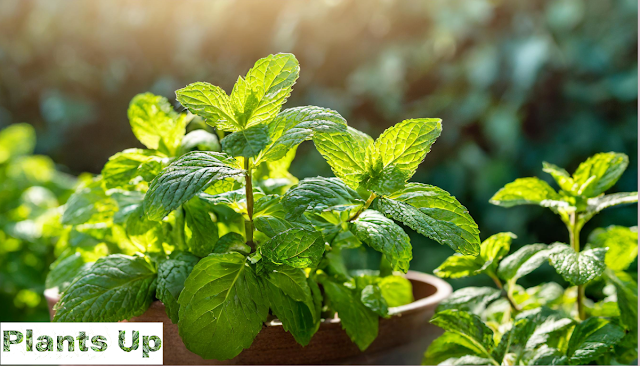.jpeg) |
| Guiding Your Green Friends to Bigger Homes: A Comprehensive Guide to Replanting Plants |
Repotting plants is a rite of passage in the gardening world—a nurturing gesture that gives your green companions more room to spread their roots and thrive. Whether you're an experienced plant grower or embarking on your first transplanting adventure with plants up, this comprehensive guide will walk you through the steps you need to take to ensure a smooth transition of your plants to their new
homes.From choosing the right time and pot to mastering the art of transplanting, get ready to give your beloved plants enough space to flourish.
Knowing When It's Time to Repot: Signs to Look Out For
Reporting doesn't just mean providing more space; It's also about assessing your plant's needs. Pay attention to these signs that indicate it is time to change:
1. Roots are growing out of the pot: If you notice that the roots are rounding the bottom or growing out of the drainage holes, this is a clear sign that your plant needs more space.
2. Slow Growth: If your plant's growth has slowed or it is struggling despite proper care, it may be root bound and need more room to grow.
3. Frequent watering: If you find yourself watering frequently and the soil dries out quickly, your plant may have outgrown its current pot.
4. Nutrient deficiencies: If your plant isn't responding as well to fertilizer as before, it may be lacking nutrients in its cramped pot.
Choosing the Right Pot: Size, Material and Drainage
Choosing the right pot is important to the health of your plant. Here's what to consider:
1. Size matters: Choose a pot that is 1-2 inches larger in diameter than the existing pot. Too much extra space can lead to problems with over-watering.
2. The magic of materials: Choose pots made from a breathable material like clay or terracotta. They allow better air flow to the roots and prevent waterlogging.
3. Drainage is important: Make sure the new pot has drainage holes to prevent water from pooling in the bottom and rotting the roots.
Repotting Step-by-Step: Navigating the Transplanting Process
1. Prepare a new pot: Start by choosing a slightly larger pot and filling it with fresh, well-draining potting mix. Leave enough room at the top for the plant's root ball.
2. Gently remove: Gently remove the plant from its old pot. If it's stubborn, tap the sides or squeeze the pot slightly to loosen it.
3. Loosen the roots: Carefully loosen the roots with your fingers, especially if they are tightly tied. This encourages them to spread and establish themselves on new lands.
4. Center the plant: Place the plant in the new pot, making sure the top of the root ball is level with the edge of the pot. Adjust the soil below the root ball, if necessary, to achieve the desired height.
5. Fill and Tamp: Fill the sides of the pot with potting mix, tamping it down gently to eliminate air holes. Continue adding soil until the plant is secure and the pot is filled to the proper level.
6. Water and Settle: Water the plant thoroughly to help settle the soil around the roots. This helps eliminate air blockage and ensures proper soil-to-root contact.
Post-Repotting Care: TLC for Transplants
After the repotting process, your plant needs a little extra love:
1. Adapt slowly: Keep your transplanted plant in a shady or partially shady area for a few days to allow it to adjust to its new environment. Avoid direct sunlight during this period of adaptation.
2. Water with caution: Avoid excessive watering immediately after replanting. Plant roots are adjusting to the new soil, and excess moisture can hinder this process. Stick to your regular watering routine, but monitor soil moisture levels closely.
3. Monitor Growth: Keep a watchful eye on your plant's growth and overall health in the weeks following transplanting. As the plant settles into its new home, you should notice increased vigor and growth.
Conclusion: Planting the Seeds of Growth
Replanting plants isn't just a practical act—it's a symbolic gesture to encourage growth and provide space for your green companions to flourish. When you move your plants to their new homes, remember that you are investing in their future well-being.
Each rewiring effort deepens your connection with the natural world, as you become a custodian of the growth, vitality, and enduring beauty of plant life.
So, gather your pots, soil and the sense of anticipation that comes with setting out on a gardening journey. With each repotting experience, you are planting the seeds of your growth as a gardener, developing a relationship with nature that is as alive as the plants you care for.
Happy Gardening!
